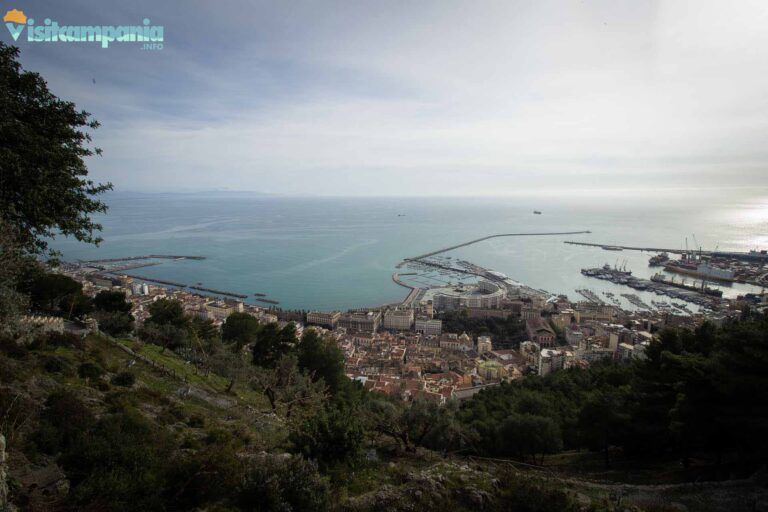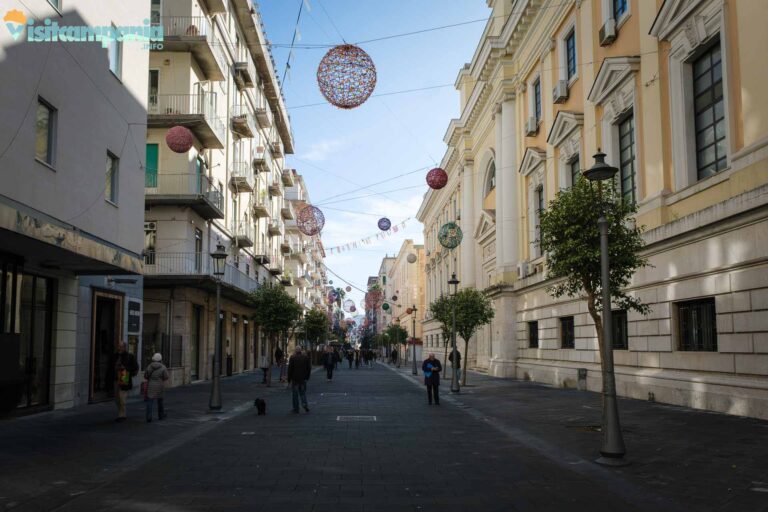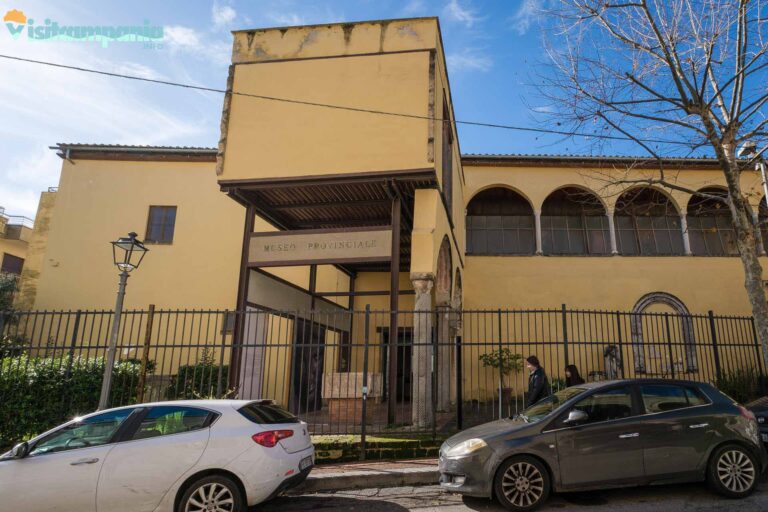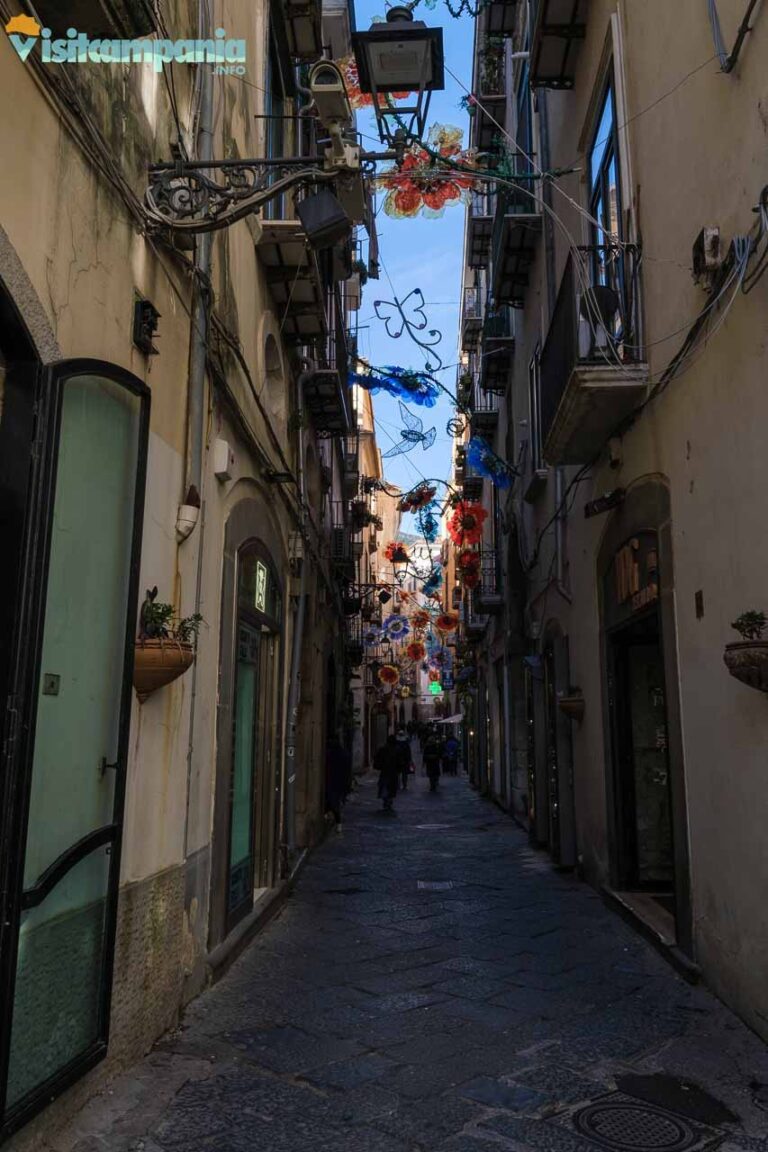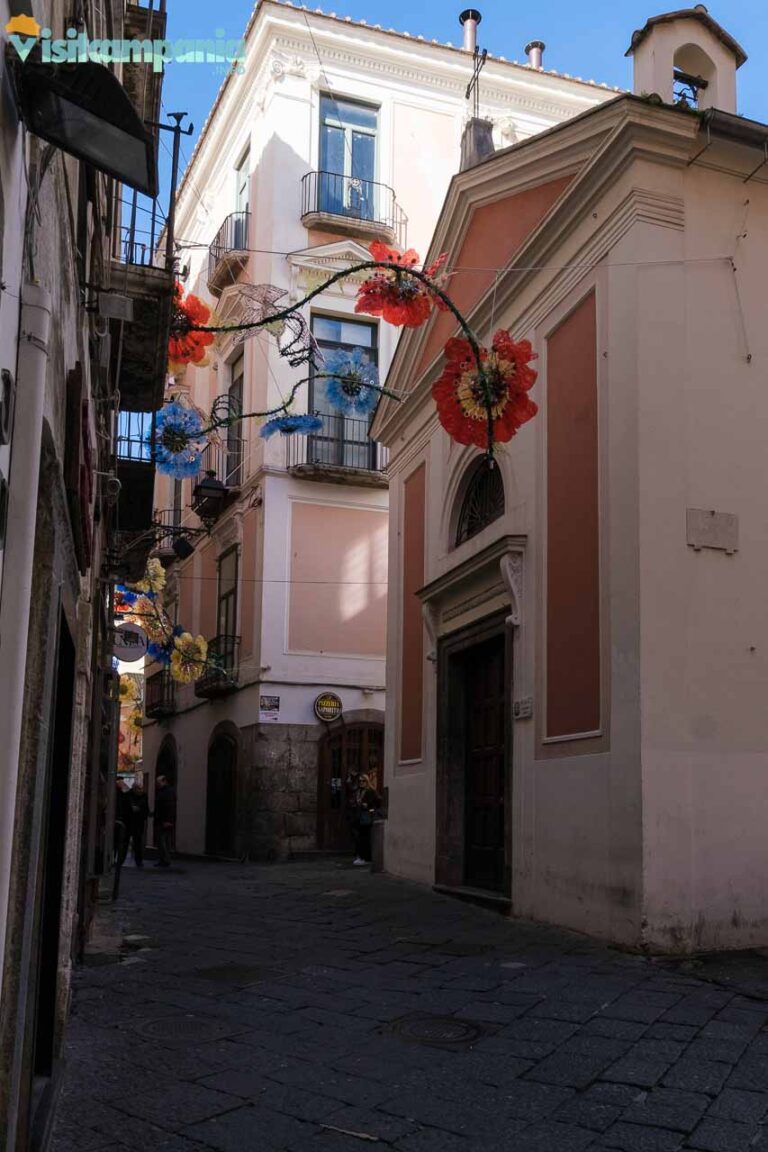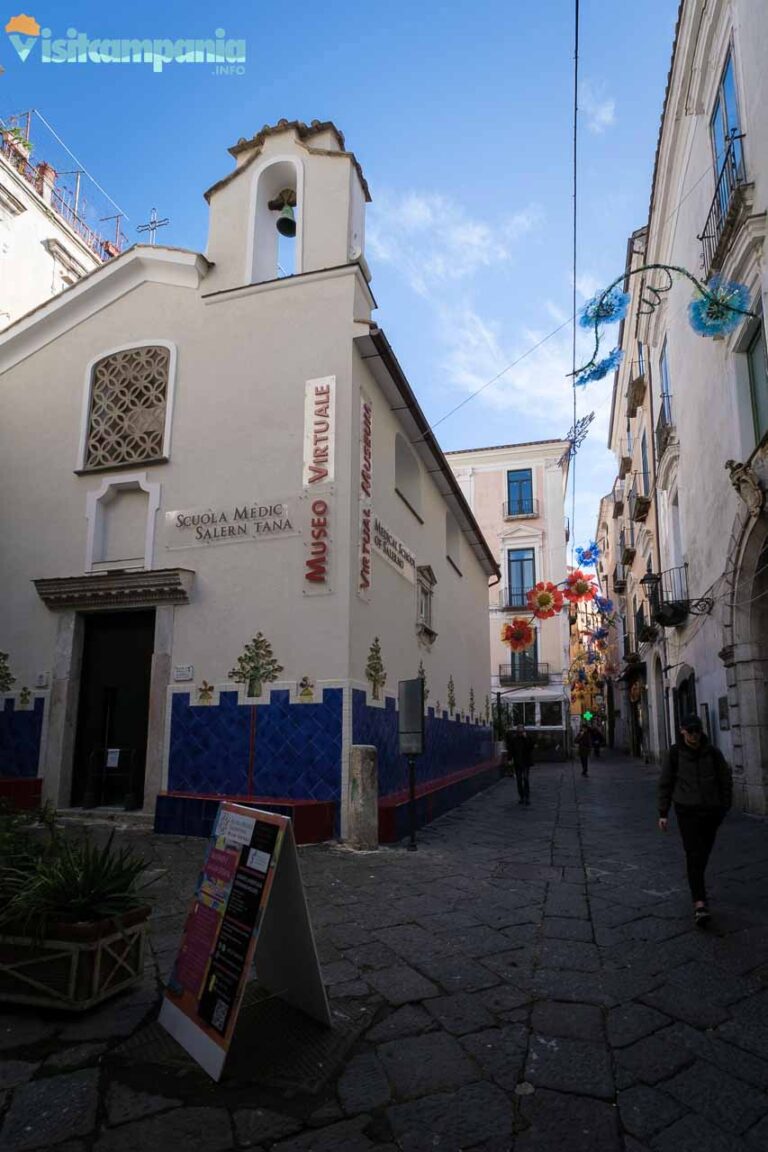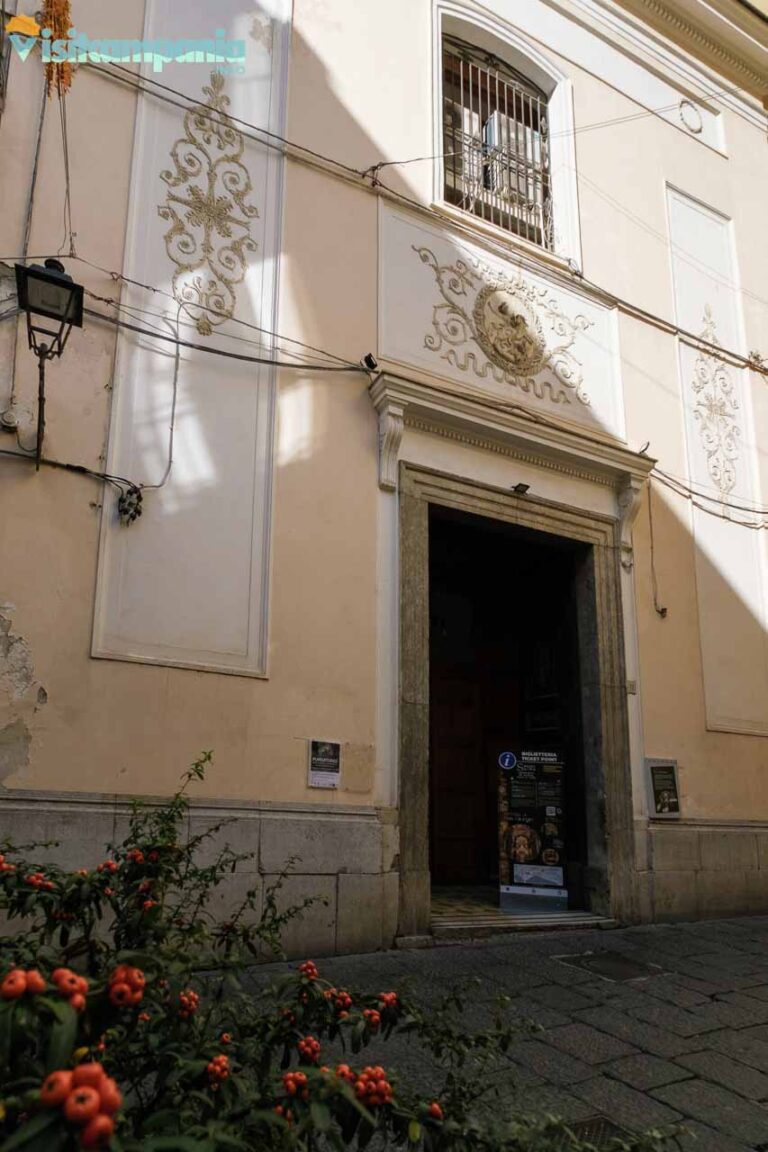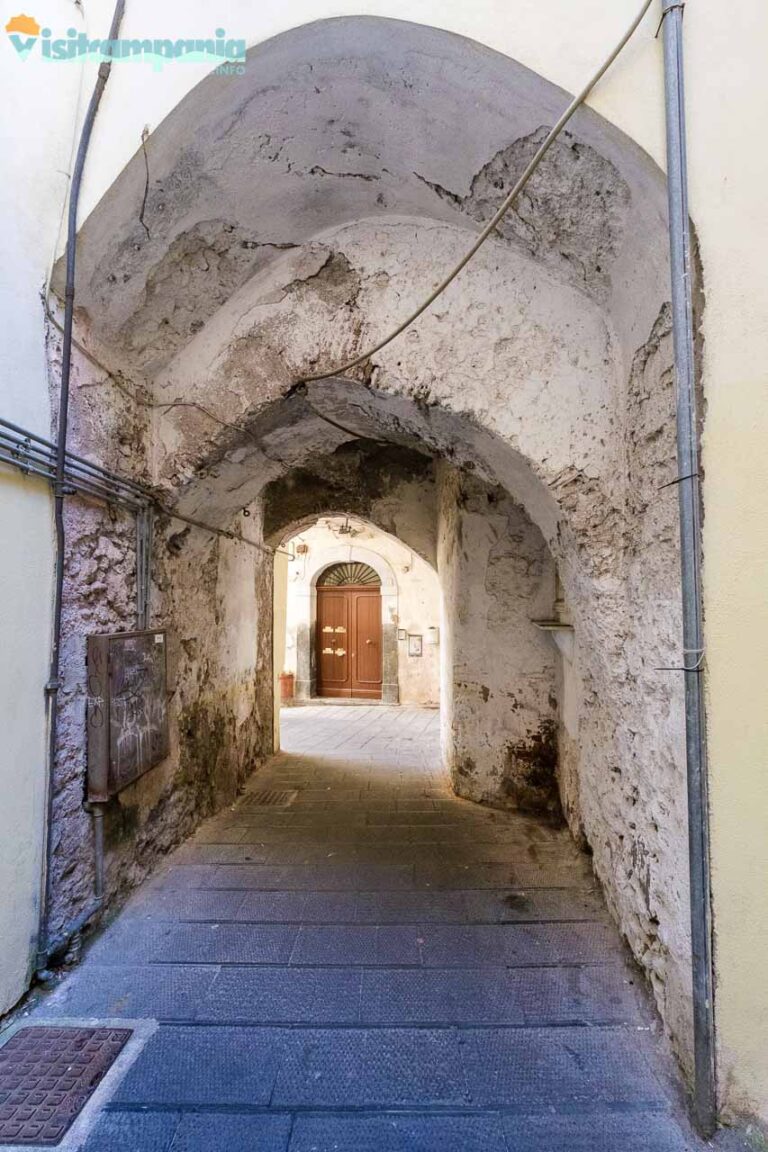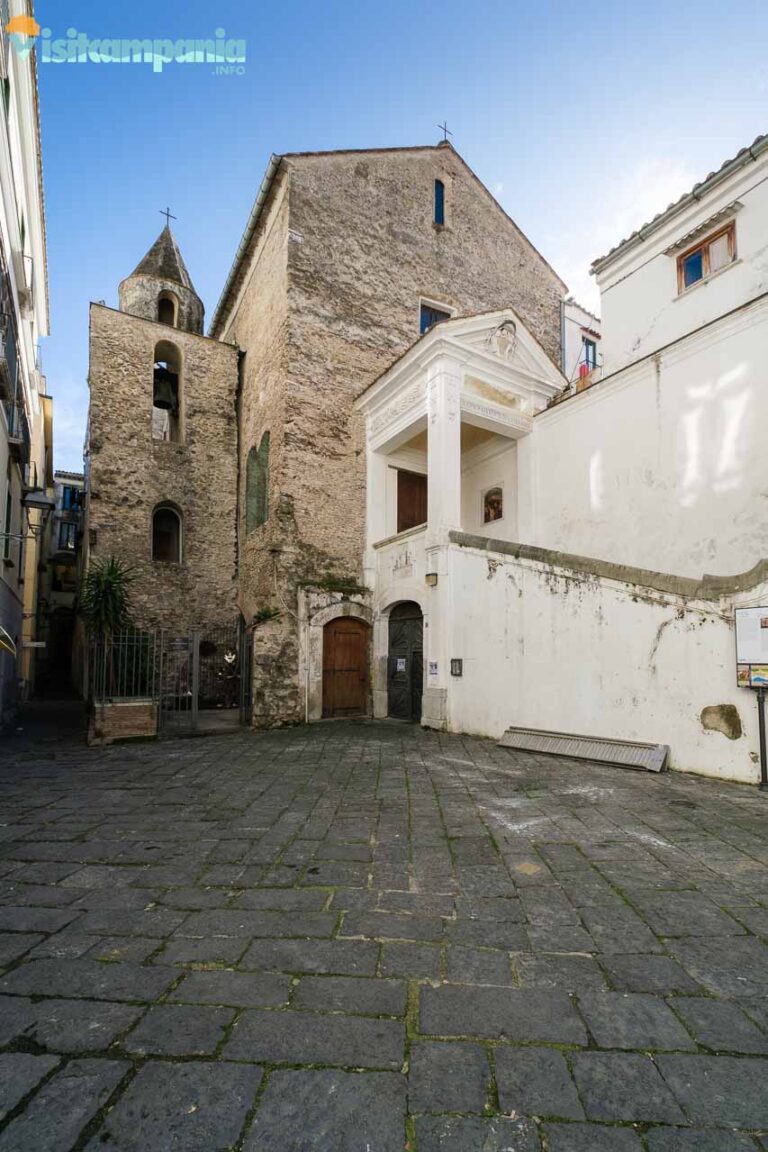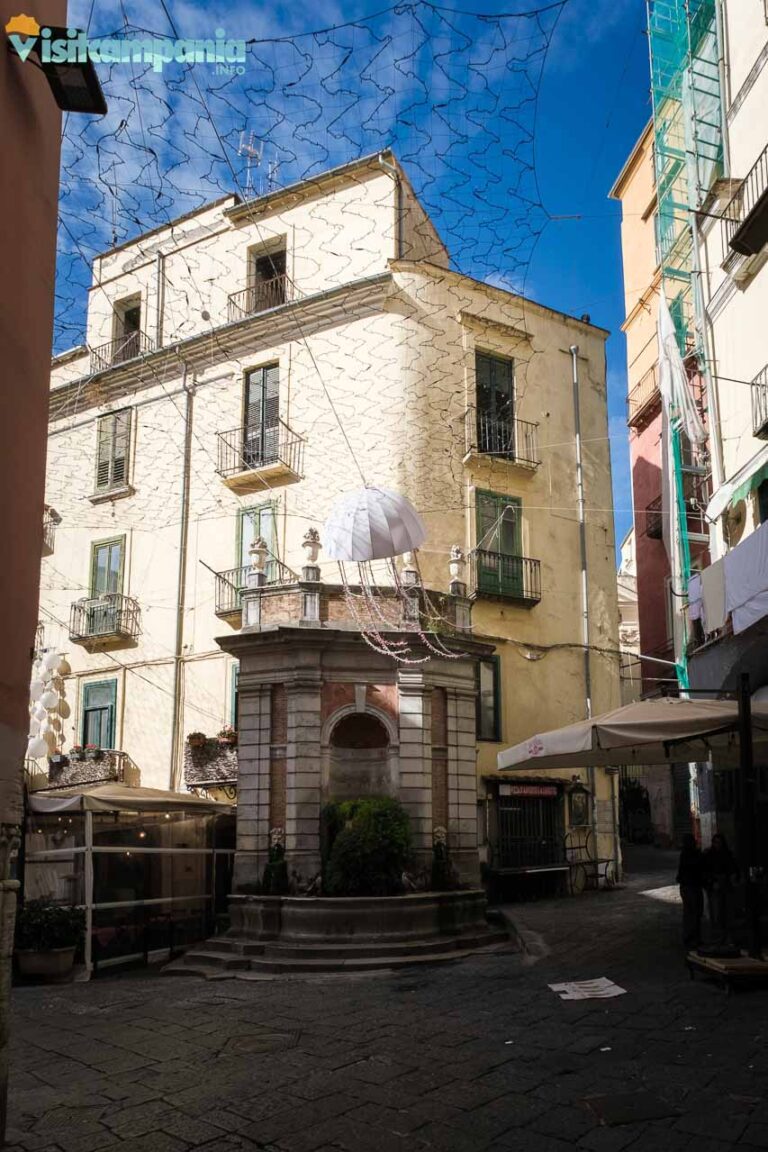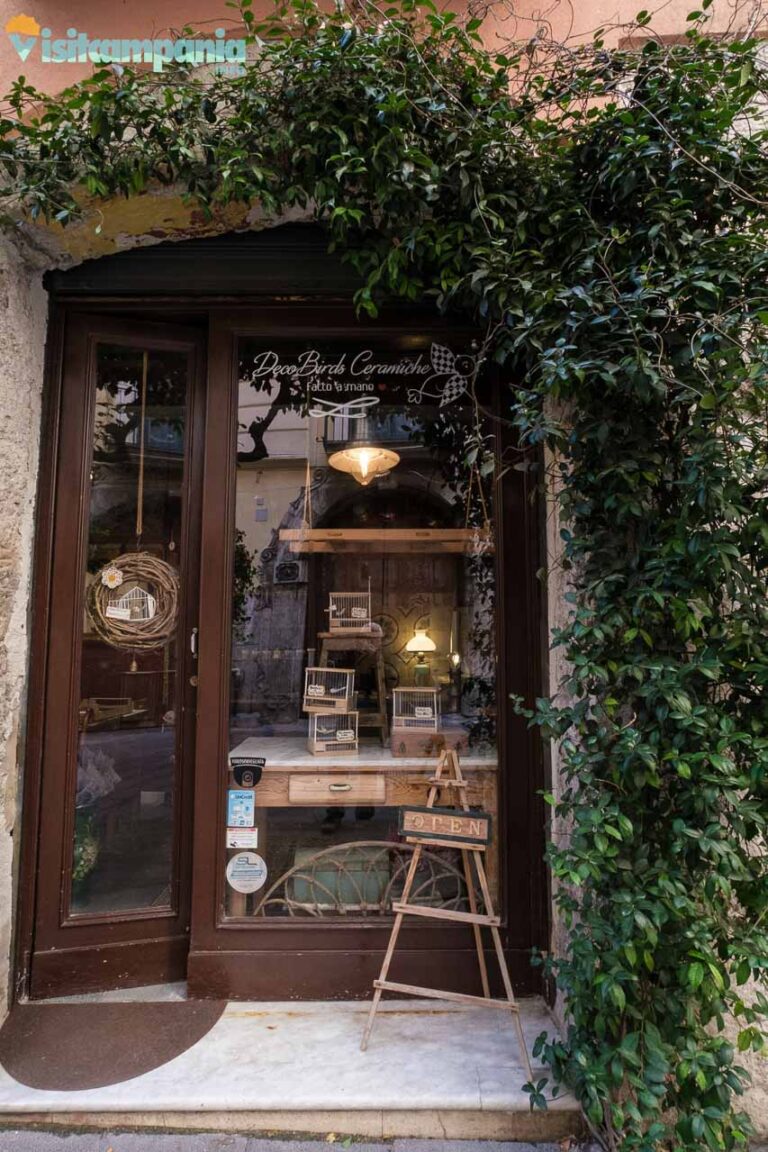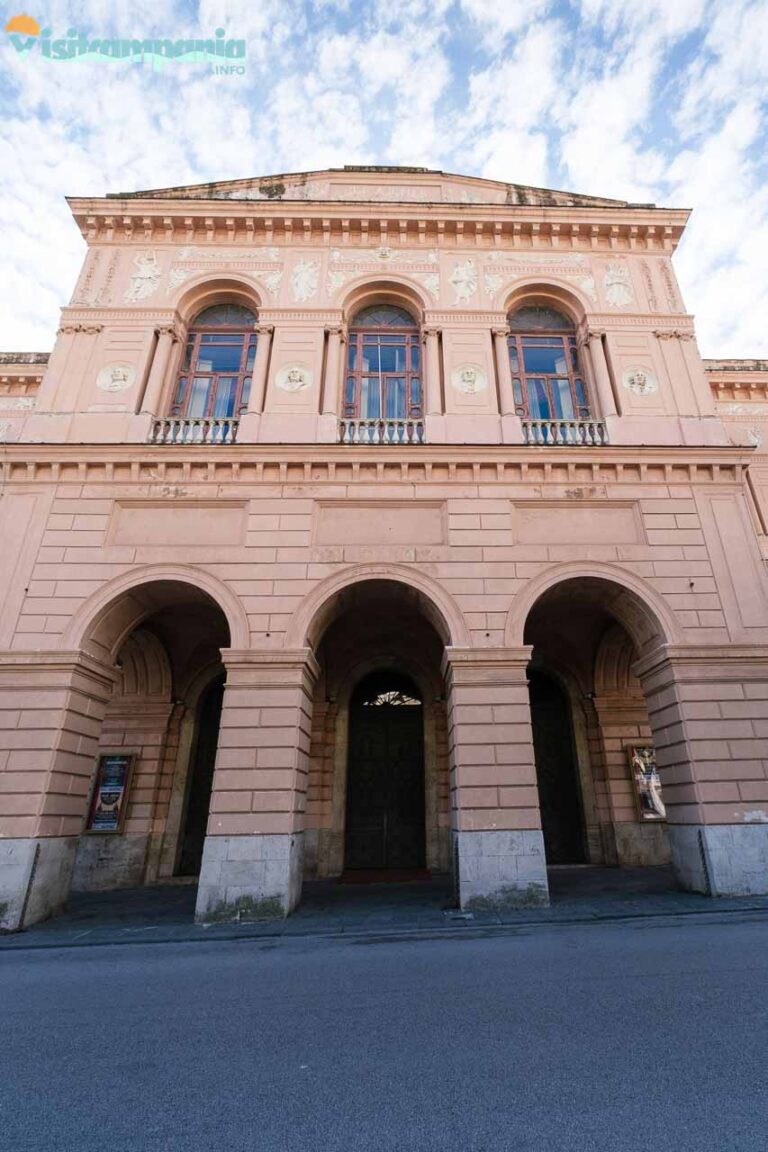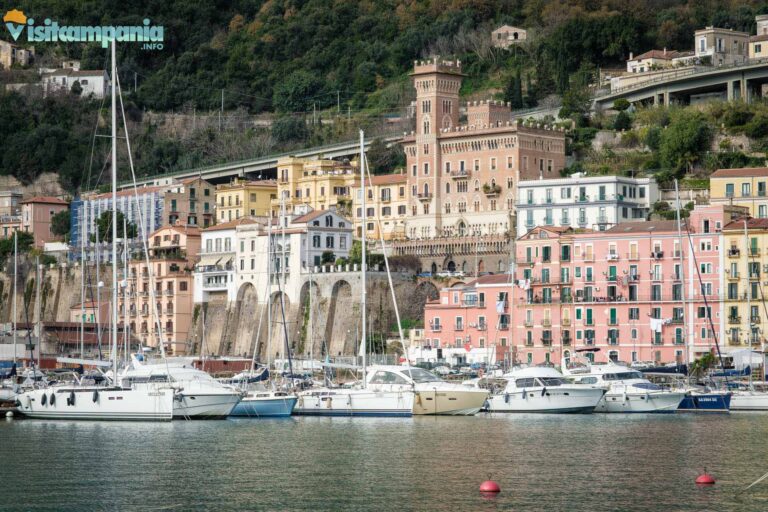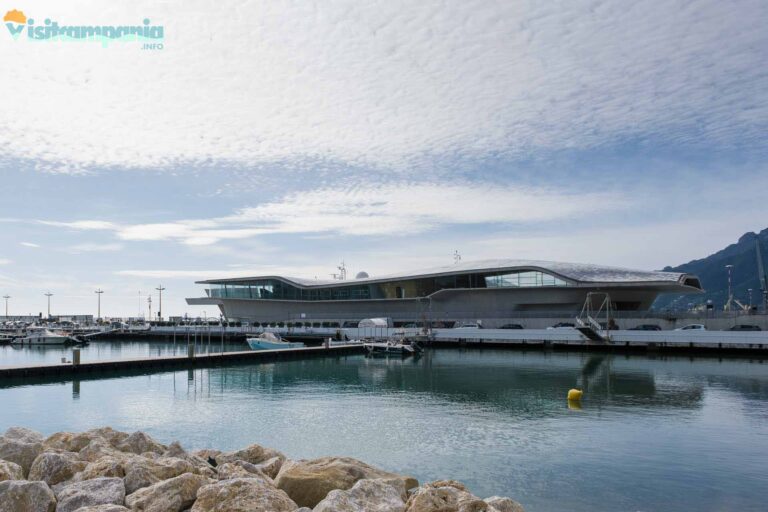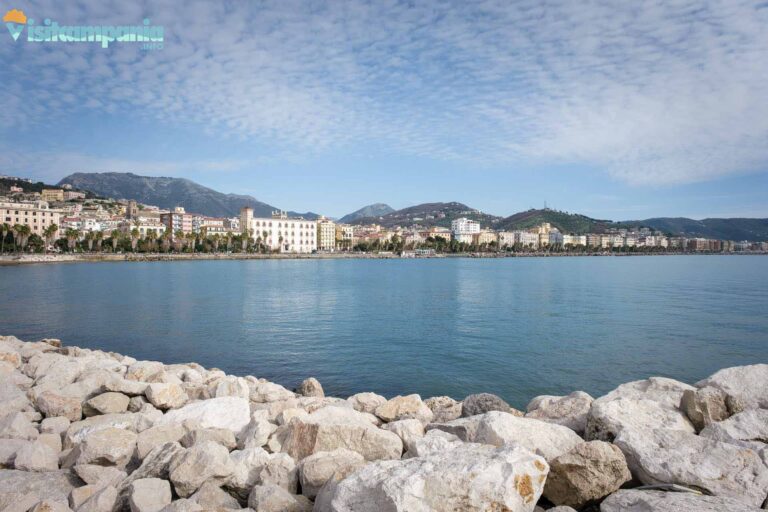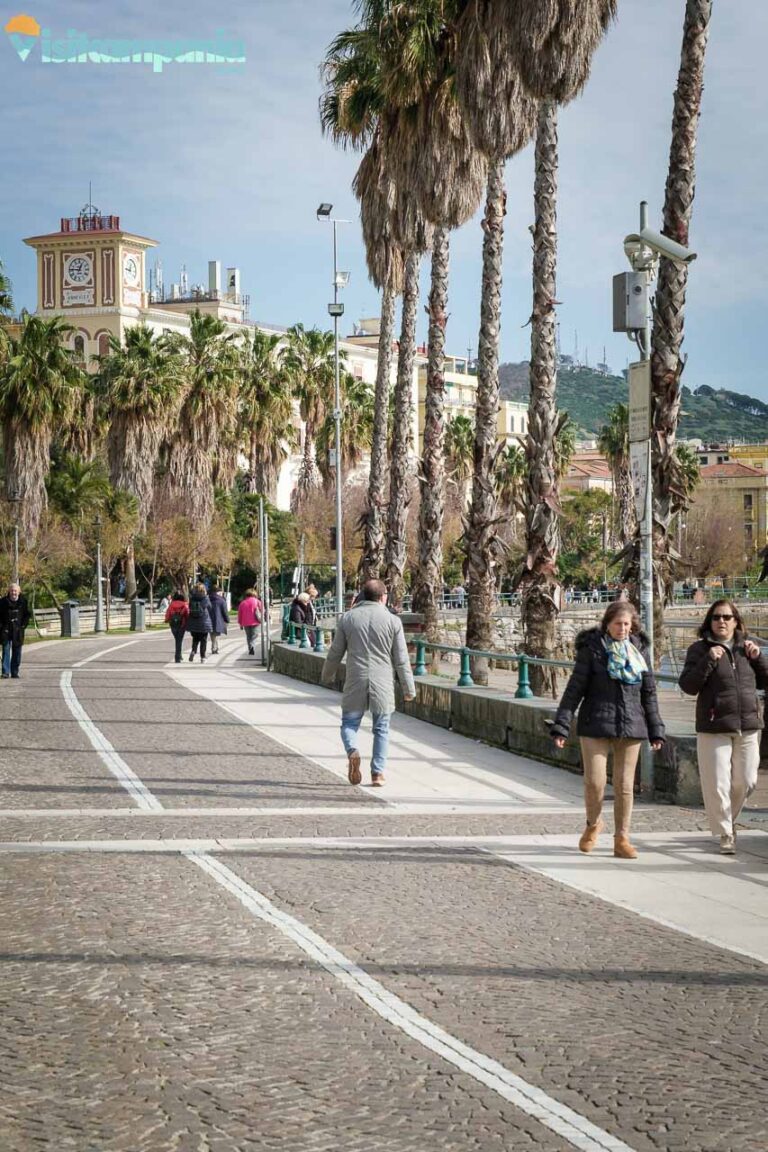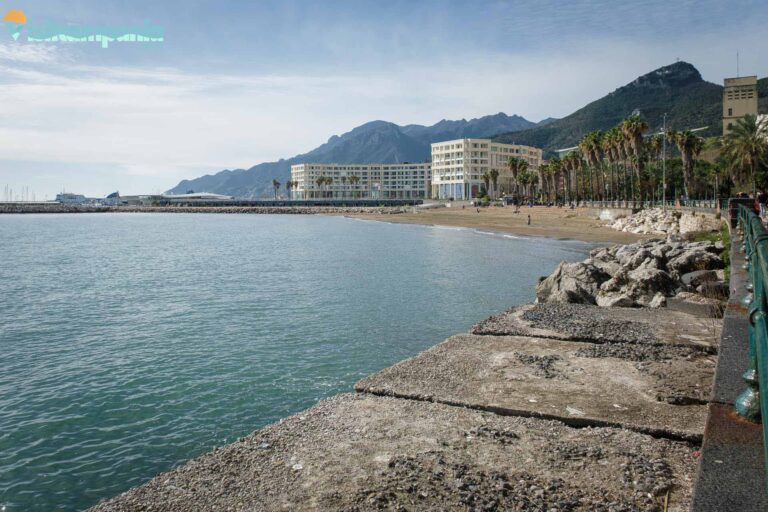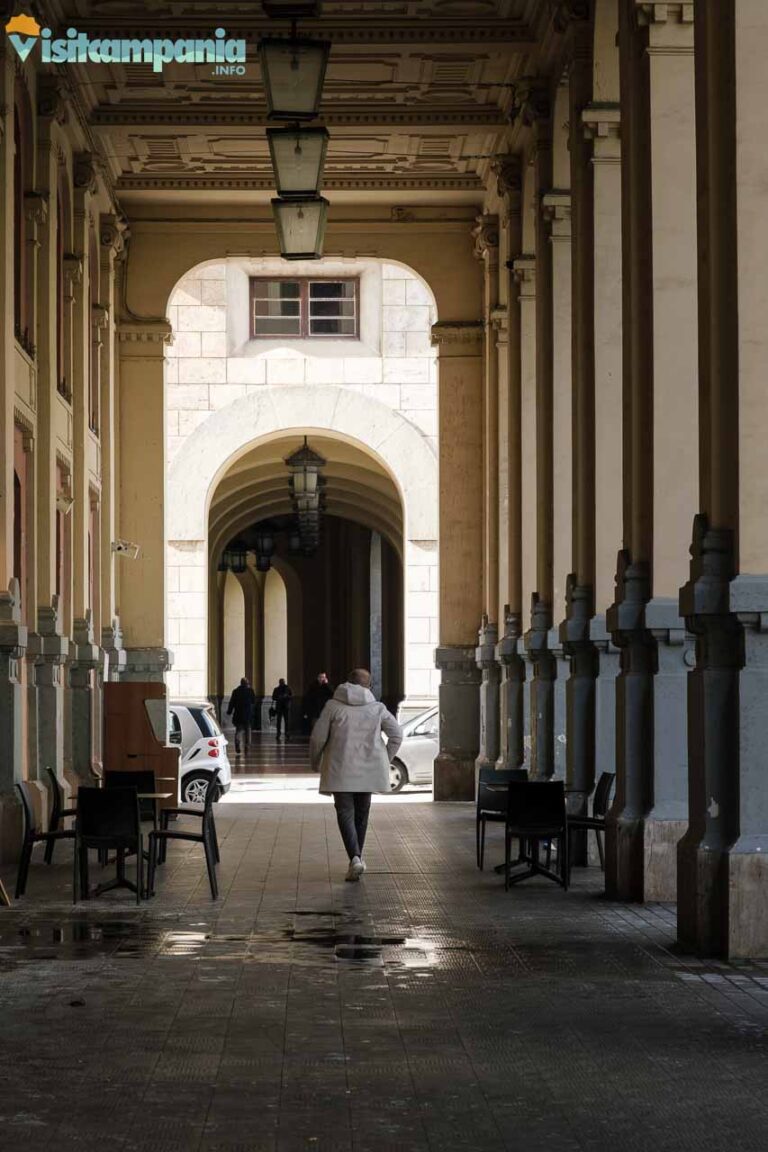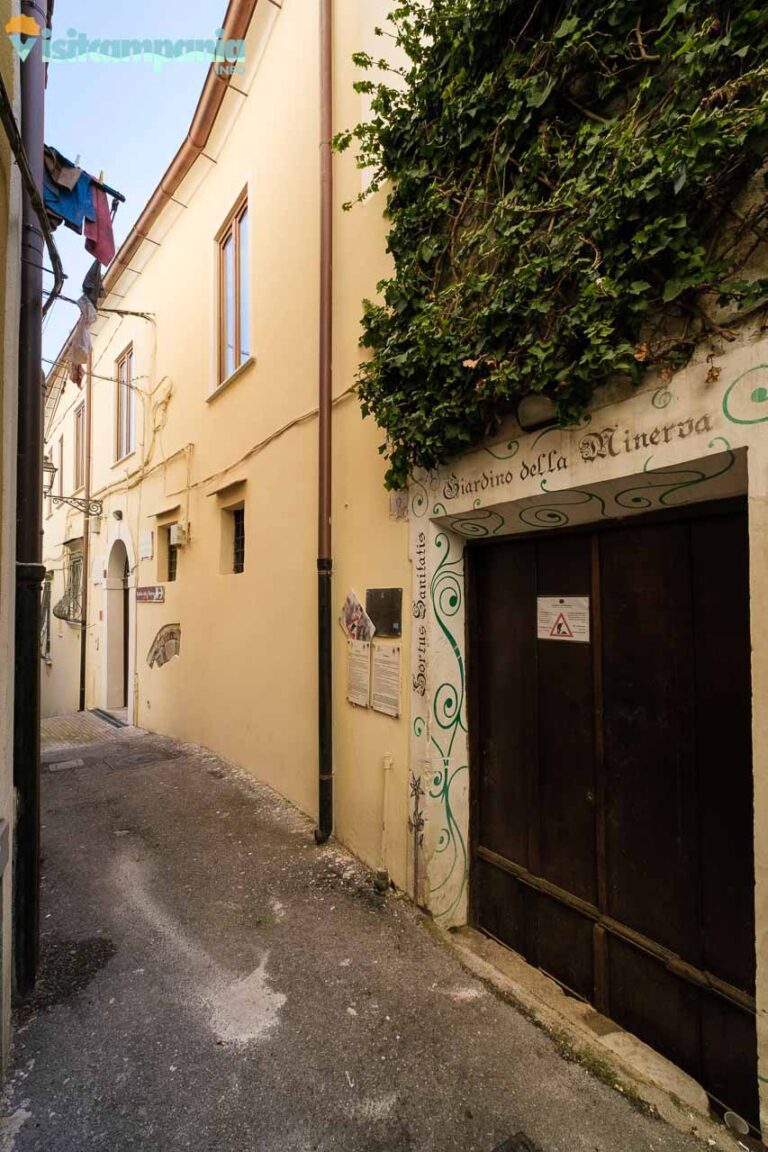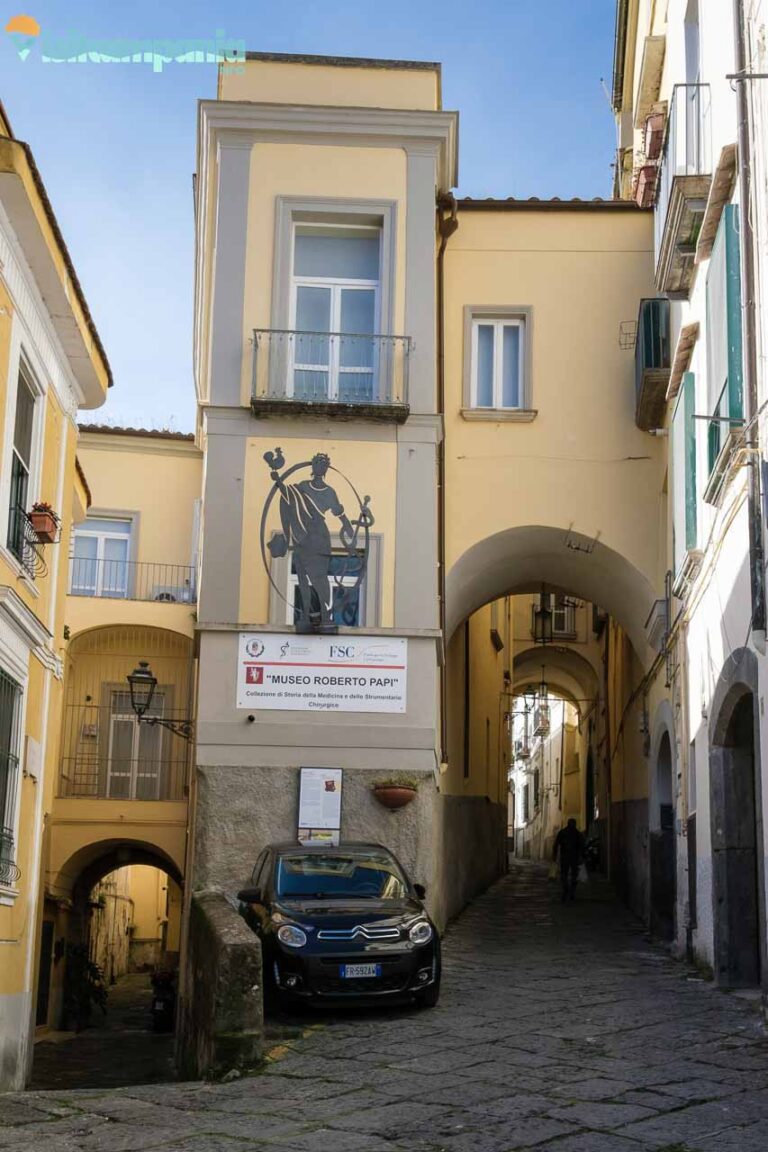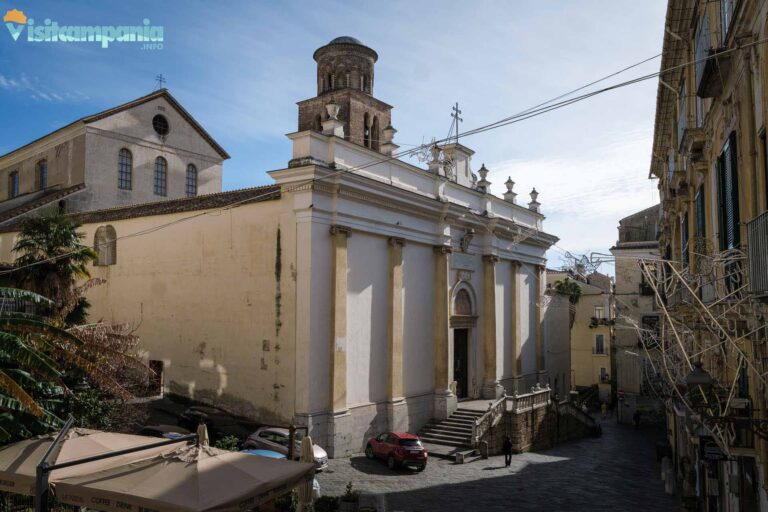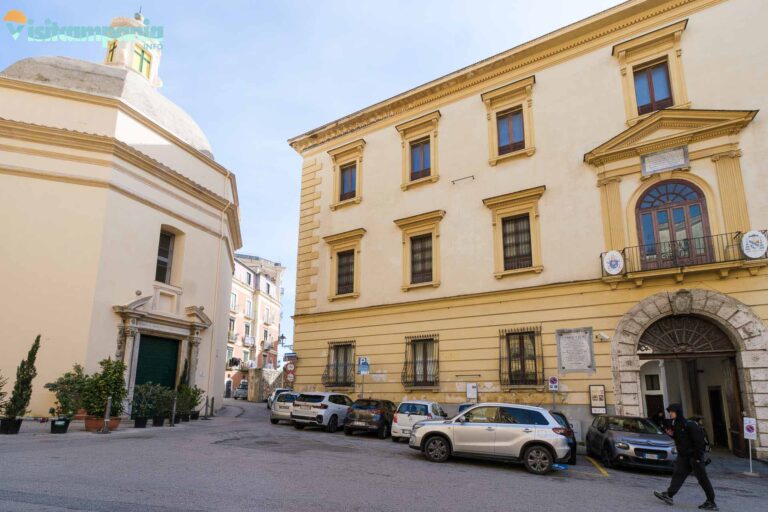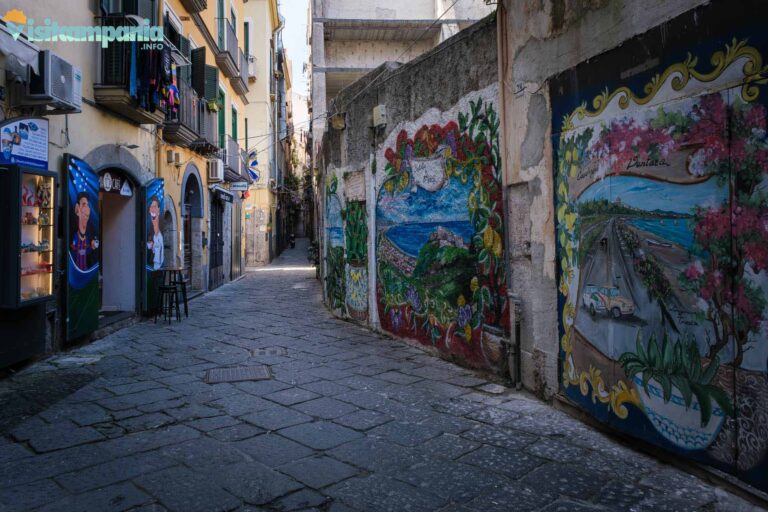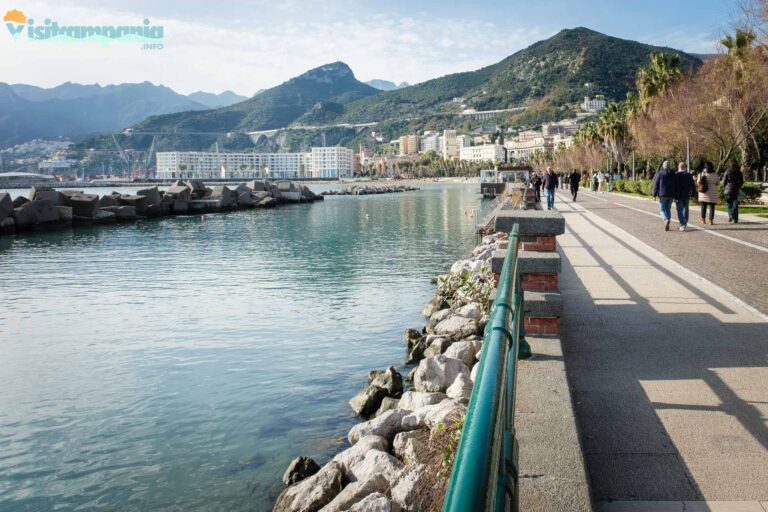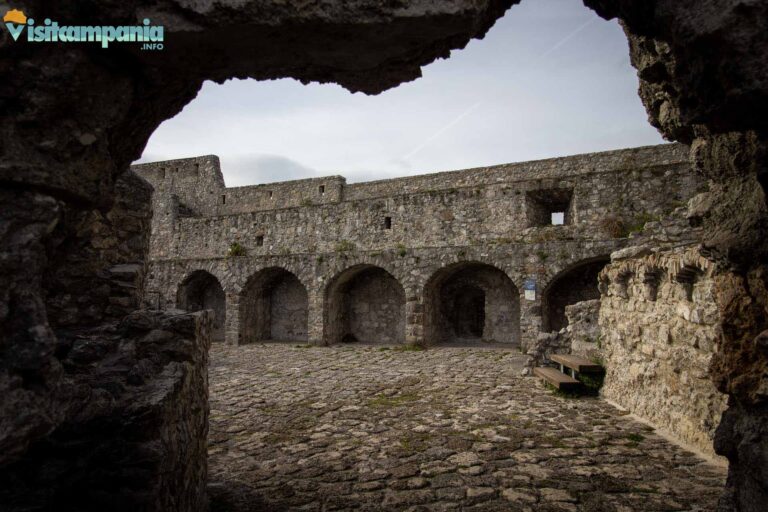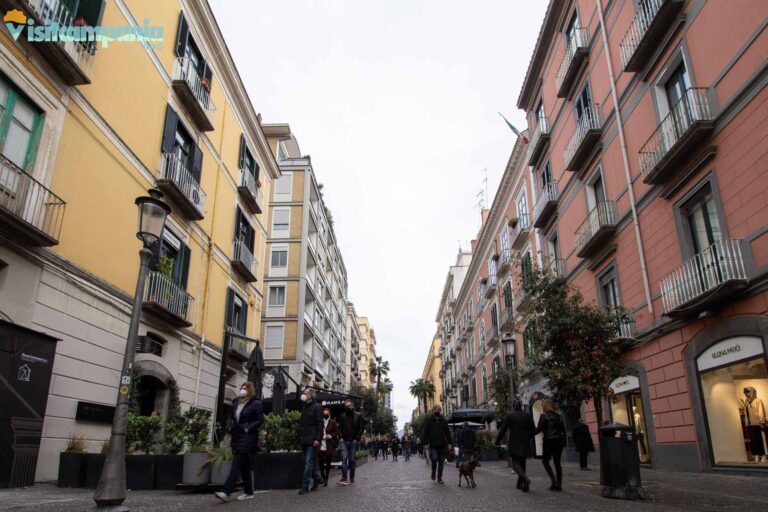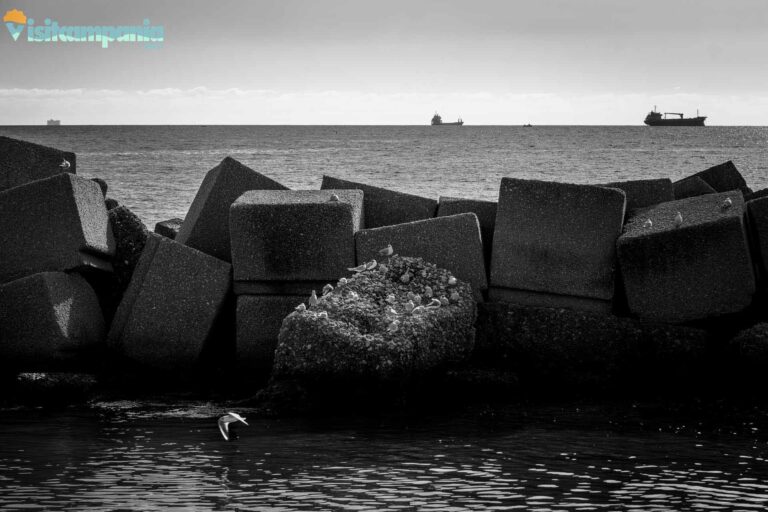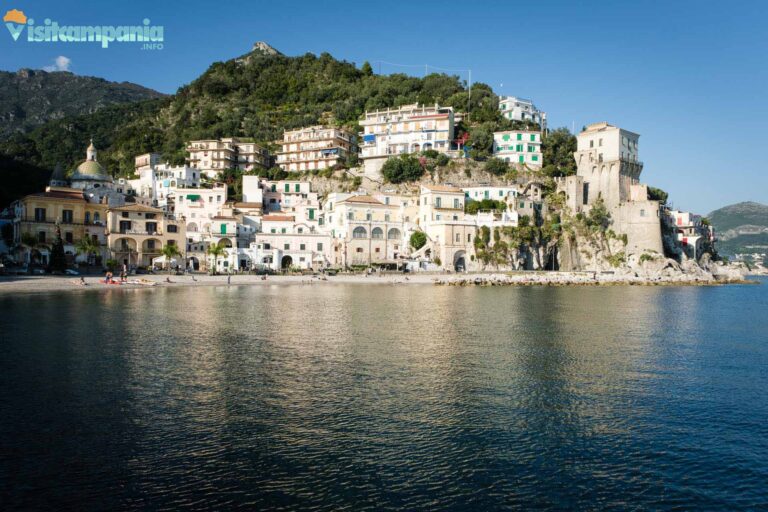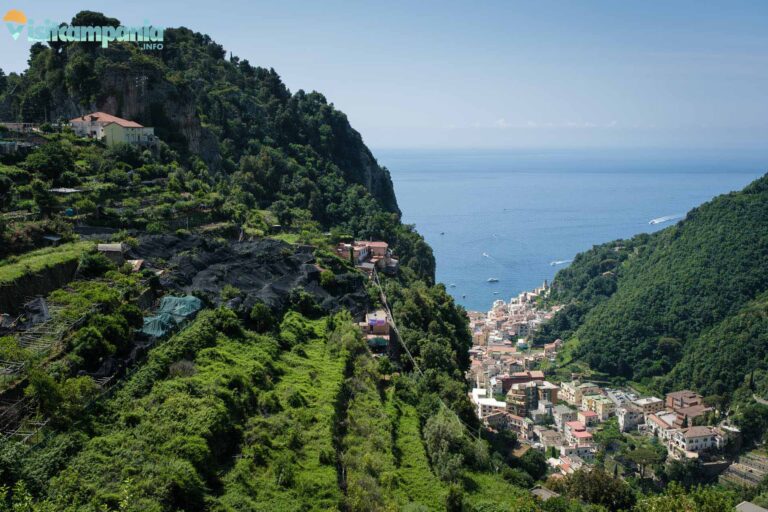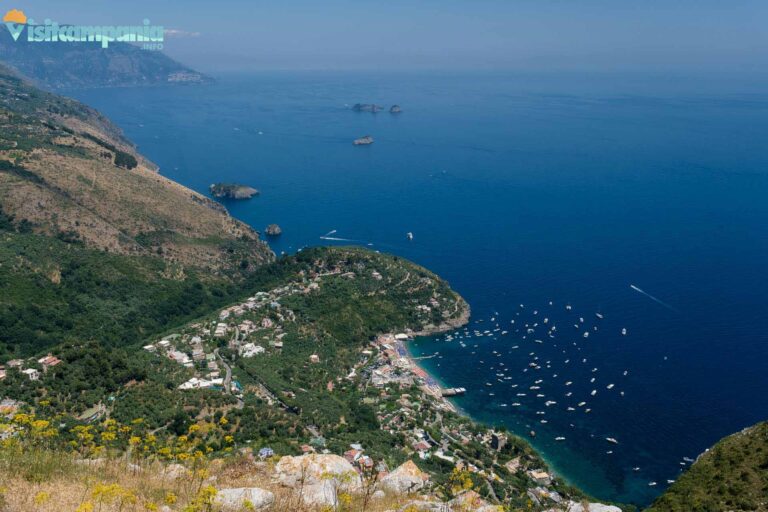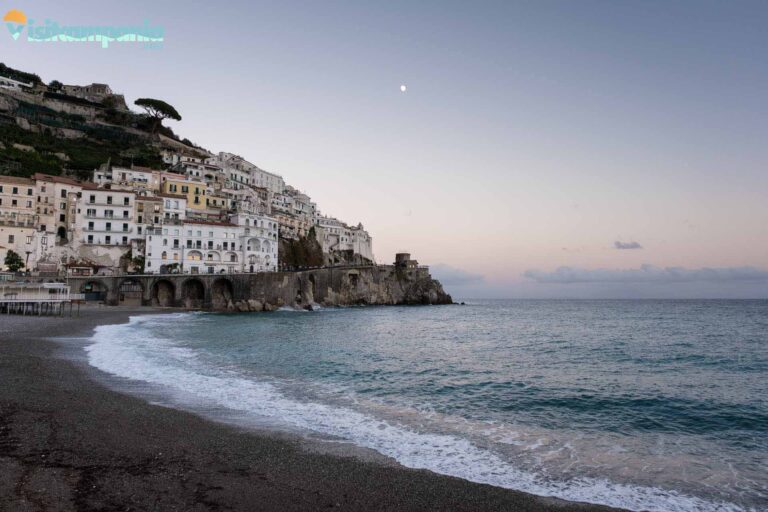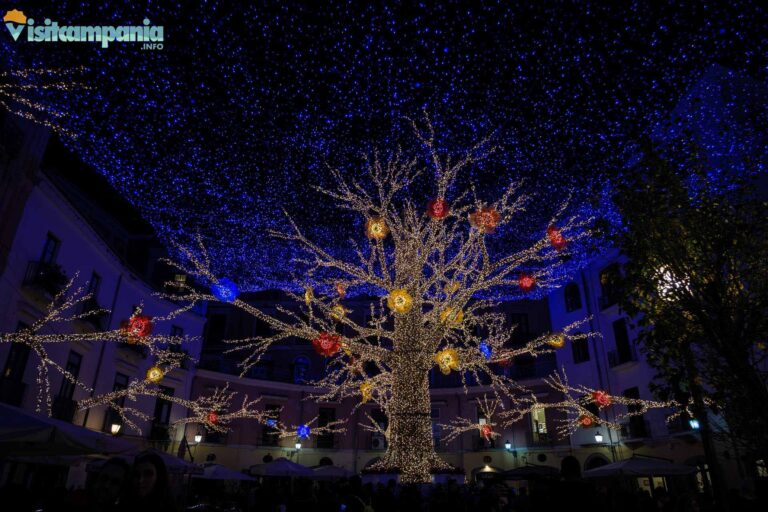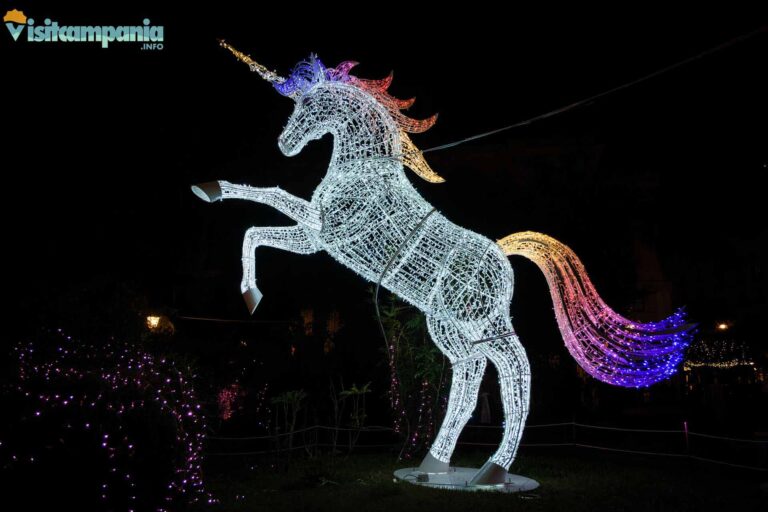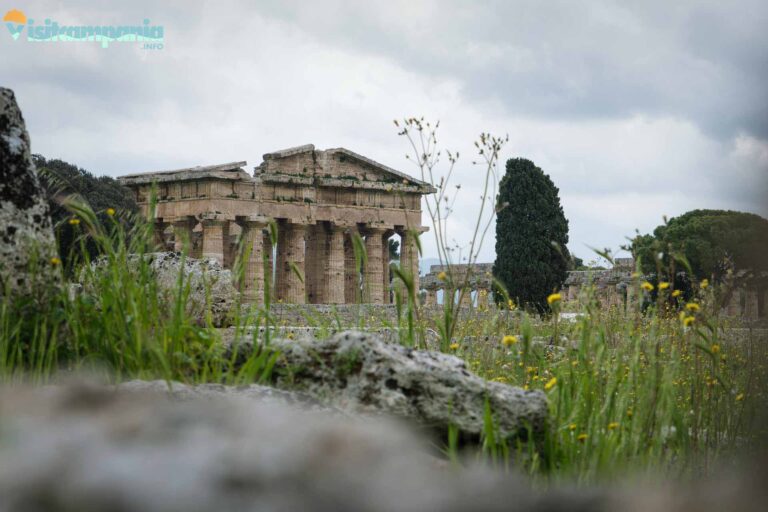What is Salerno

Salerno is a lively seaside city overlooking the Tyrrhenian Sea , nestled between the Amalfi Coast and the Piana del Sele . With over 126,000 inhabitants, it stands out for its strategic position which makes it an ideal base for visiting jewels of Campania such as Paestum , Pompeii , the Royal Palace of Caserta and the Certosa di Padula .
Its origins are shrouded in mystery , but its history is fascinating: from Lombard and Norman capital to protagonist of the ” Salerno turning point ” during the Second World War . Famous throughout the world for the Salerno Medical School , considered the first medical university in Europe , Salerno is perhaps not rich in iconic monuments, but it conquers with its authentic atmosphere . Between historic alleys, suggestive seafront, shopping streets and a lively nightlife, it will welcome and conquer you.
Brief historical notes
Salerno is a city that embodies centuries of Italian history, from its Oscan and Roman origins to its crucial role in the Second World War . Founded on the banks of the Irno River , it was a Roman military center , then the Lombard capital under Arechi II , who made it a cultural beacon with the birth of the Salerno Medical School . With the Normans and the Angevins , Salerno strengthened itself politically and artistically, reaching great vitality in the Renaissance thanks to the Sanseverino family . After centuries of crisis and industrial rebirth, in 1944 the city experienced its highest historical moment : it was the capital of Italy for a few months, hosting the national government.
What to see in Salerno
Historic Center and Via dei Mercanti
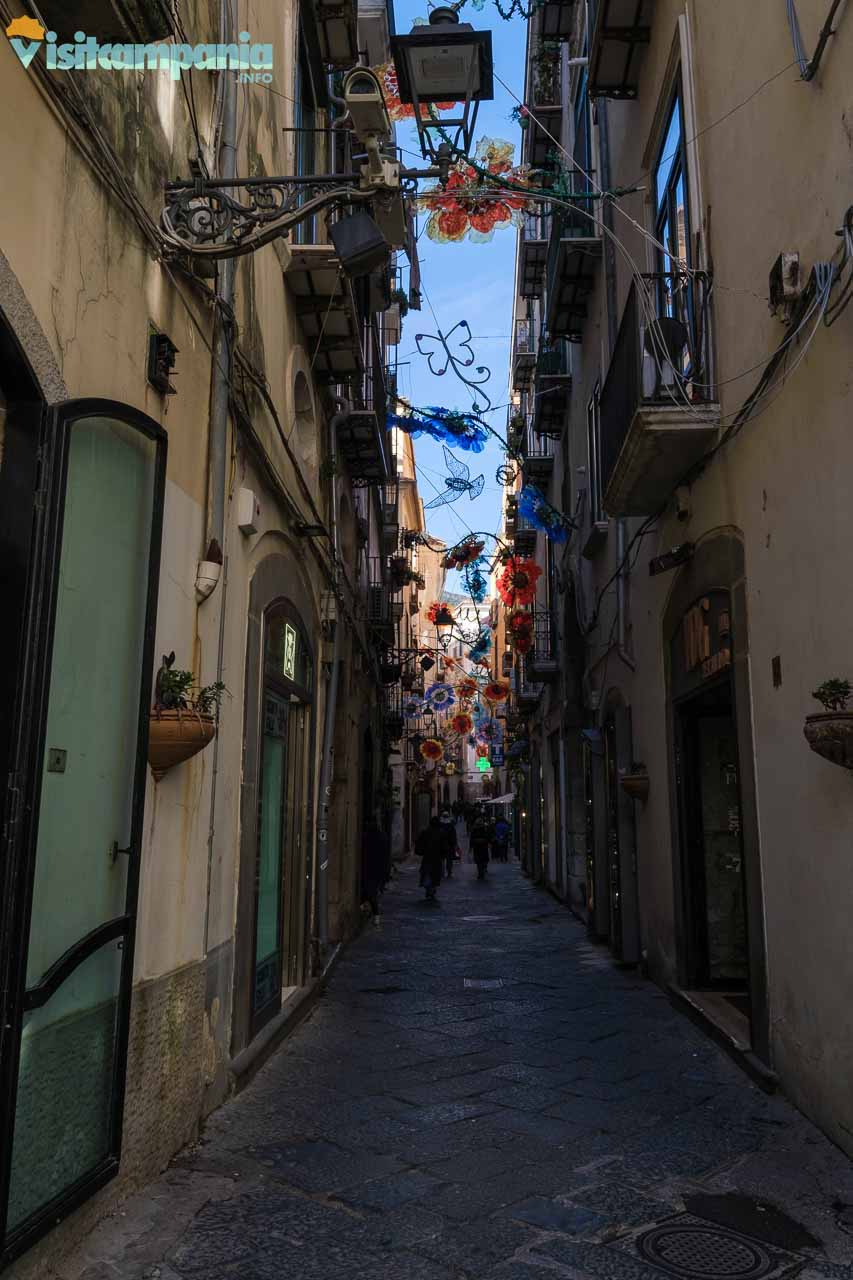
The historic center of Salerno, perched on a hill but stretching out towards the sea, is a fascinating mix of eras and styles . Born around 197 BC along the ancient Via Popilia, now Via Tasso, the heart of the city was enriched in the Middle Ages, when the Lombards conquered Salerno and transformed it into a fortified city. Today it preserves important monuments such as the Cathedral and the Complex of San Pietro a Corte , and each district maintains a strong identity, such as Fornelle, known for its murals and popular traditions.
Via dei Mercanti , a medieval commercial artery, is still the beating heart of the historic center . Once called “ Drapparia ” for the shops of fine fabrics, it has been a nerve center for artisanal activities since the 13th century. Today it retains its original structure: a narrow and lively street, animated by shops, bars and historic architecture, which tell the continuity between past and present.
Cathedral of St. Matthew
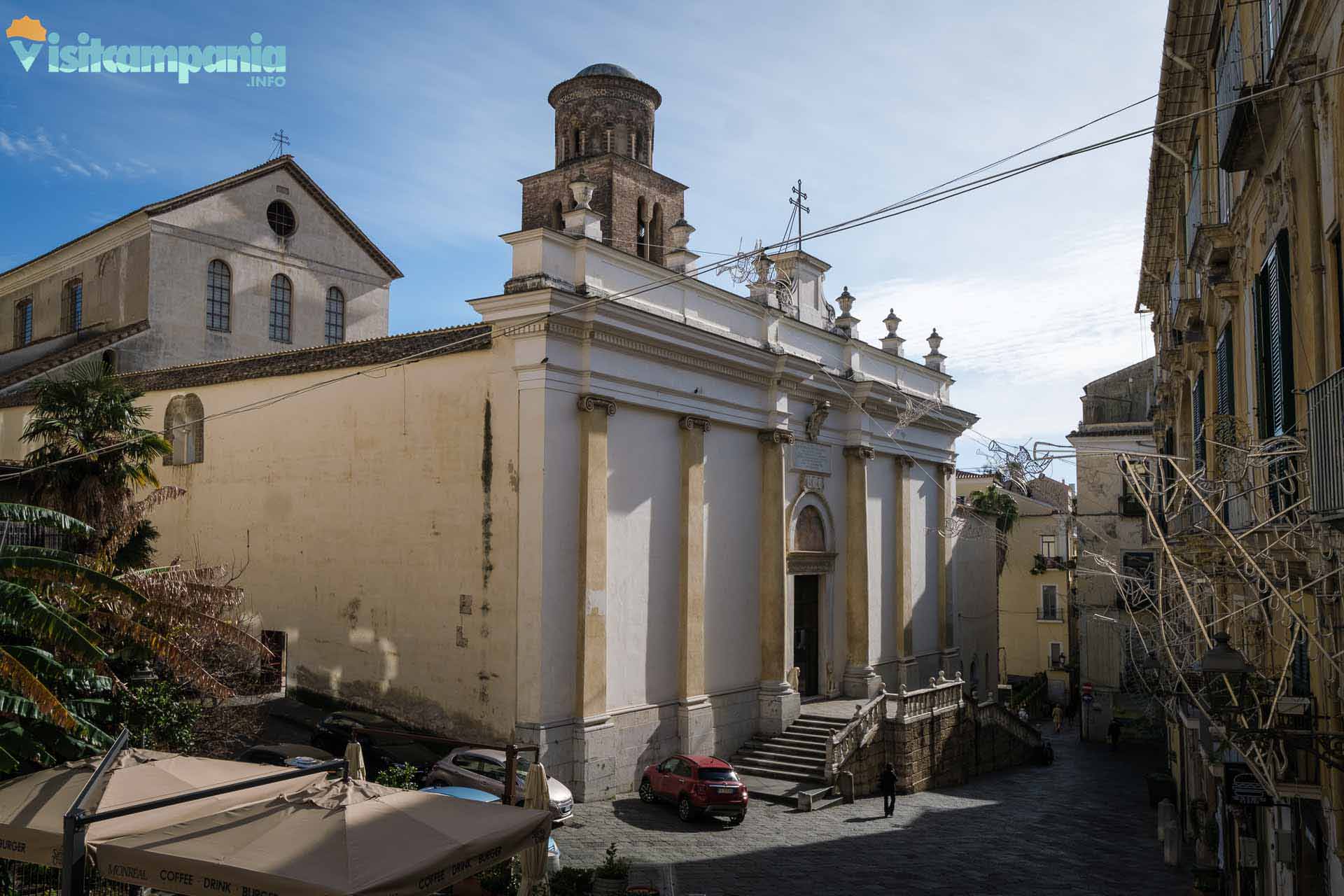
The Cathedral of Salerno, dedicated to San Matteo, is the main place of worship and symbol of the city’s identity . Built in 1079 and consecrated a few years later by Pope Gregory VII , it harmoniously blends different styles, from Romanesque to Baroque . The entrance is striking for the atrium with ancient columns and Roman sarcophagi, while the interior, with three naves, houses eighteenth-century masterpieces alongside medieval sculptures and mosaics. In the crypt, richly decorated in Baroque style, the relics of San Matteo , the city’s patron saint, are kept .
There is an entrance fee. It is part of the Salerno Sacra circuit .
Diocesan Museum of San Matteo

The Diocesan Museum “San Matteo” of Salerno, located in the ancient Archbishop Seminary, is a concentration of art, history and spirituality . Once the seat of the Salerno Medical School , today it houses the Diocesan Archives and Library , with precious volumes and parchments. Among its treasures stand out the Ivories of Salerno , masterpieces from the 11th-12th century that are unique in the world, alongside illuminated manuscripts, liturgical codices and a rare Exultet , a liturgical scroll, from the 13th century. The museum also houses a rich art gallery with works by Sabatini and Oderisio , ancient sculptures and symbolic objects such as the tombstone of Alfano I , dated 1078 and symbol of the Norman conquest of Salerno, as well as a medal collection that tells the economic history of the city.
There is an entrance fee. It is part of the Salerno Sacra circuit .
Church of San Giorgio

The Church of San Giorgio, in the heart of the historic center of Salerno, is a refined example of Campanian Baroque . Built on an ancient place of worship and linked to one of the oldest Benedictine monasteries in the city, it was transformed into the current building in the seventeenth century , maintaining traces of its medieval origins. The single nave, the dome and the side chapels create an intimate atmosphere, animated by the frescoes of Solimena and enriched by precious works such as the statue of San Giorgio by the Ghetti brothers and a panel by Andrea Sabatini. Gilded stucco and eighteenth-century paintings complete the decoration, offering an intense experience. The lateral areas of the former monastery, not open to visitors, house the Guardia di Finanza and the Carabinieri.
The Church of San Giorgio can be visited every day from 9:30 to 18:30. There is an entrance fee. It is part of the Salerno Sacra circuit .
Monumental Complex of San Pietro a Corte

The Monumental Complex of San Pietro a Corte , located in the historic heart of Salerno, is a stratified site that tells the story of over two thousand years of history . Built on the ruins of ancient Roman baths , it became a place of Christian worship in the 5th century and, later, in 774, the court of the Lombard Duke Arechi II . Official ceremonies and graduations from the Salerno Medical School took place here. Modified over the centuries with medieval frescoes and Renaissance interventions , it was abandoned and reused as a military depot. Restored in the 1970s, it is now open to the public, with guided tours and cultural events that enhance its history.
Free access .
Minerva’s Garden
The Garden of Minerva, located in the medieval district of Plaium montis, overlooks Salerno with spectacular panoramic terraces . Although it is located in the upper part of the historic center, it is easily accessible by the Fusandola public elevator , not far from the Cathedral. Already in the fourteenth century, Matteo Silvatico – a doctor at the Salerno Medical School – transformed it into a botanical garden . Here, medicinal plants used in teaching and medical practice were grown . The flowerbeds follow the ancient theory of the four humors and the four elements and accompany visitors on an educational journey that recalls the therapeutic practices of the past. The garden preserves seventeenth-century fountains , ancient irrigation systems and medieval remains , and also houses a herbal tea room and a thematic library . Nationally recognized for its scientific and landscape value, it is currently closed for restoration work that began in January 2023 .
Entrance is subject to a fee .
Provincial Archaeological Museum
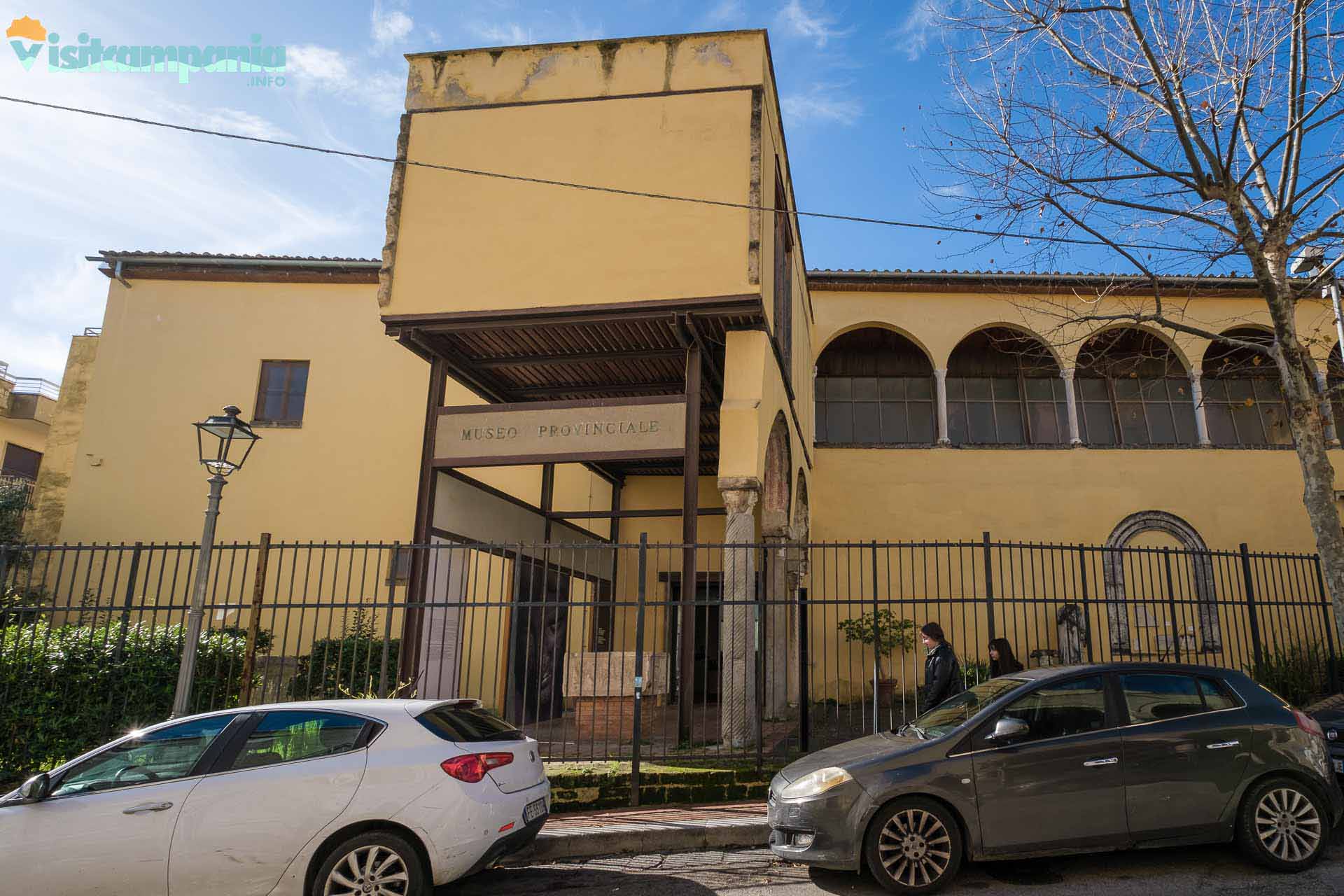
The Provincial Archaeological Museum of Salerno, located in the former monastery of San Benedetto, tells the long history of the area through a free and engaging exhibition route . From the prehistoric finds of Palinuro and Pertosa to the funerary objects of the Iron Age, the visit continues with Greek ceramics, Etruscan bronzes and Roman evidence from all over the province. The symbol of the museum is the extraordinary bronze head of Apollo , dating back to the 1st century BC, recovered in the Gulf of Salerno and today an icon of the city’s cultural identity. In addition to the permanent collection, the museum offers exhibitions, events and workshops .
Arechi Castle
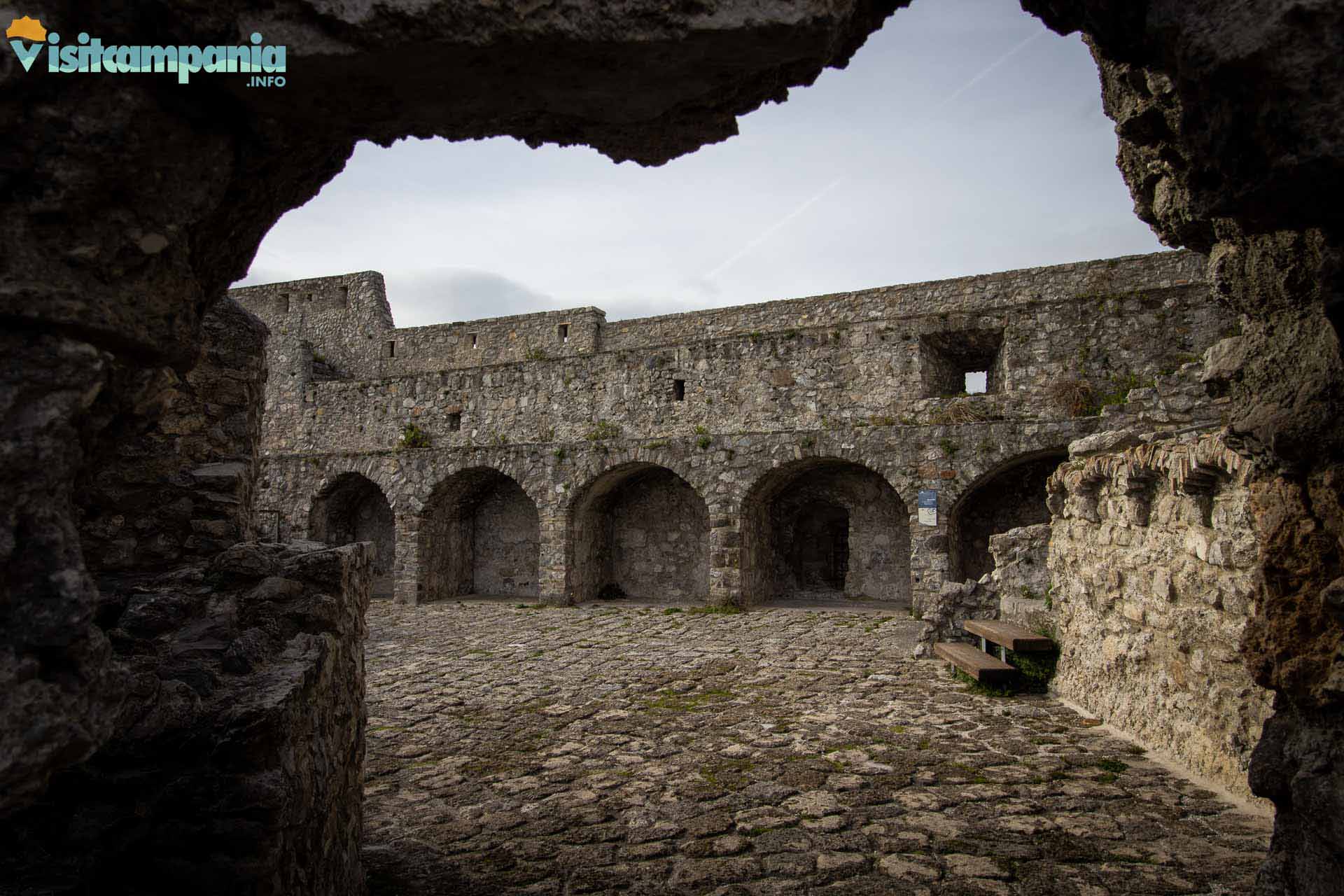
Arechi Castle, located 300 meters on Mount Bonadies, dominates Salerno with a breathtaking view of the Gulf . Of Byzantine origin, it was transformed in the 8th century by the Lombard prince Arechi II into a solid fortress , expanded in the following centuries by the Normans, Angevins and Aragonese. After a long period of abandonment, it was restored in the 1960s. Today it can be visited and since 2009 it has housed a museum that tells its long history through medieval finds such as ceramics, coins and ancient glass.
Entrance is subject to a fee .
Giuseppe Verdi Theatre
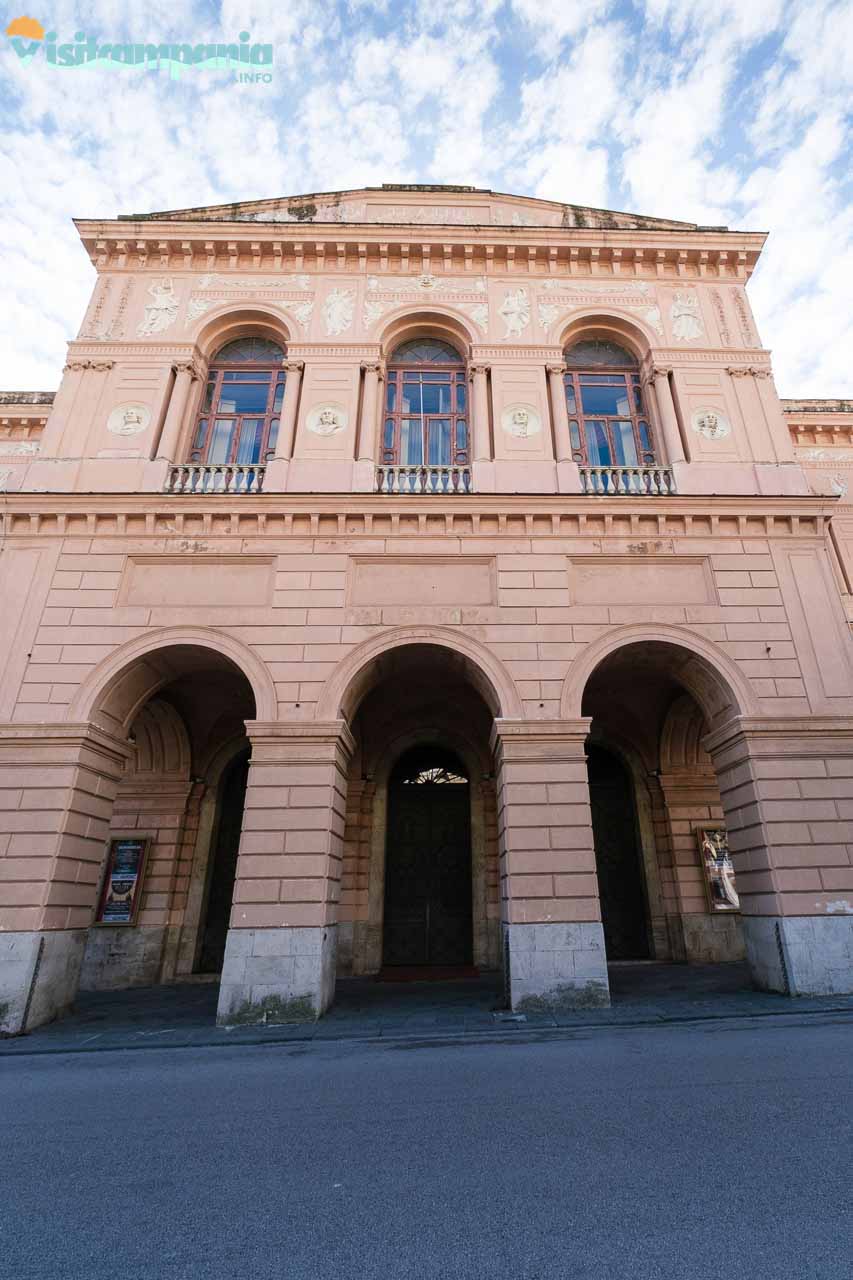
The Giuseppe Verdi Municipal Theatre in Salerno, inaugurated in 1872 and inspired by the Teatro San Carlo in Naples , is an elegant cultural space with four tiers of boxes and a large gallery. Restored several times and returned to its splendor in 1994, it obtained the title of “ Traditional Theatre” in 2013. Home to the Salerno Philharmonic Orchestra , it hosts opera, symphony, dance and contemporary theatre performances. It can also be visited out of season with paid guided tours that include the foyer, hall of mirrors and stalls.
For further information and details, it is advisable to consult the Culture Portal of the Municipality of Salerno or contact the information point of the theater.
Trieste waterfront

Lungomare Trieste is the most beloved promenade in Salerno, a pedestrian avenue about a kilometer and a half long overlooking the sea . It connects Piazza della Libertà to the tourist port, crossing green spaces shaded by palm trees, pines and tamarisks . Born as a beach and transformed during the twentieth century, it is today an ideal place to relax, with bars, restaurants, play areas and well-kept flowerbeds . Considered in the 1950s the “most beautiful promenade in the Mediterranean”, it remains an unmissable stop for anyone visiting the city.
Maritime station

The Salerno Maritime Station, overlooking the port and connected to Piazza della Libertà, the Crescent and the seafront, is a modern symbol of urban renewal . Designed by Zaha Hadid in 1999 and completed in 2016 , the building has a fluid shape that recalls an oyster and extends over 4,000 square meters distributed on two levels . It has been recognized as an excellence of contemporary Italian architecture by the Ministry of Cultural Heritage.
Shopping and nightlife

Salerno is a city that pulsates with energy and welcomes visitors in an irresistible mix of culture, elegance and vitality . Its lively spirit is reflected in a wide and dynamic commercial offer , which combines the charm of local craftsmanship with the refinement of big names.
The elegant Corso Vittorio Emanuele invites you to shop among refined boutiques and big brands , while the historic center offers a more authentic experience, among artisan workshops , historic buildings and atmospheres with an authentic flavor. Trendy cafes, restaurants and wine bars complete a varied and intriguing offer .
Luci d’Artista: the magic of winter in Salerno
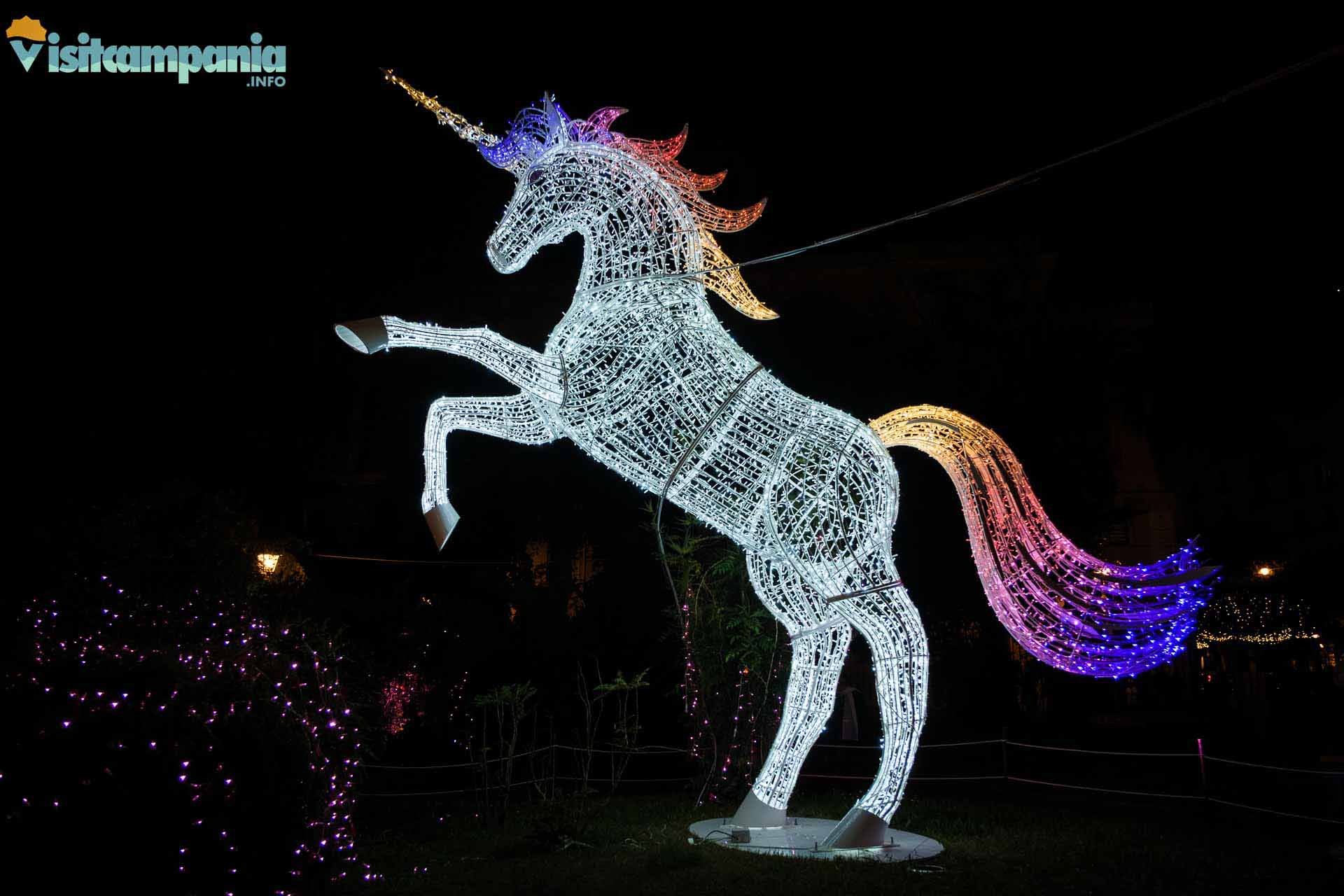
Every winter, Salerno lights up with “ Luci d’Artista ”, an event that transforms the city into an open-air museum thanks to light installations created by contemporary artists that are renewed every year . Born in 2006 and inspired by the Turin initiative of the same name, the project has grown thanks to the twinning with Turin and Pescara , becoming a cultural and tourist event of great appeal, capable of uniting art, emotion and city identity.
The event is free .
Gastronomy

Salerno’s food and wine is an explosion of authentic flavors that combines sea and land, tradition and quality . Dishes such as parmigiana alla salernitana , genovese , pezzogna all’acqua pazza and ragù tell the local story, while buffalo mozzarella and limoncello represent true symbols of the territory. Street food , then, surprises with specialties such as stuffed spleen , typical of the feast of San Matteo, and the “cuoppo” of fried anchovies served in the traditional paper cone. Finally, desserts – from pastiera to chocolate aubergine typical of the Coast – close every meal with a touch of creativity and tradition.
In the surroundings
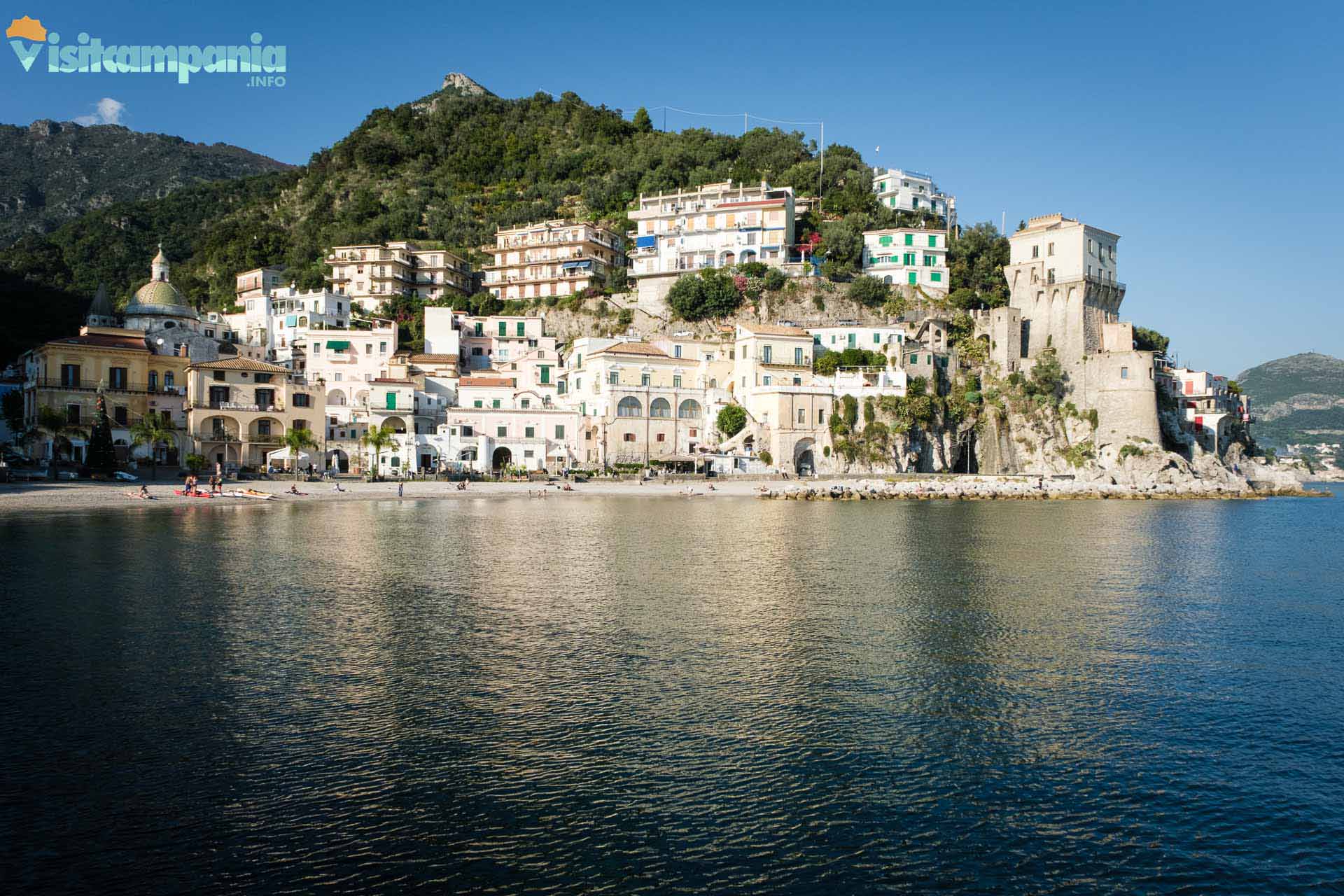
Thanks to its strategic position between the sea and the hills, Salerno is the ideal starting point to discover some of the most fascinating wonders of Campania . A few kilometers away is the Amalfi Coast , with its jewel villages such as Vietri sul Mare , famous for its artistic ceramics, Amalfi with its glorious past as a maritime republic and Positano , which enchants with its pastel-colored houses overlooking the blue.
History and archaeology enthusiasts can easily reach the extraordinary ruins of Paestum , with its Doric temples immersed in the countryside, and Pompeii , the ancient Roman city buried by the eruption of Vesuvius, now a UNESCO heritage site .

During the day you can also visit the majestic Royal Palace of Caserta , a masterpiece of Baroque architecture, and the Certosa di Padula , one of the largest and most evocative monastic complexes in Europe. Naples is also easily reachable for a quick day trip.
Well connected by trains, buses and ferries , Salerno is not only a destination to experience, but also a perfect crossroads for exploring the best of Campania .
To learn more
- Salerno Italy Travel Guide: 17 BEST Things To Do In Salerno (video);
- SALERNO, one of the most beautiful cities in Italy (video);
- CATHEDRAL OF SAN MATTEO SALERNO ITA (video);
- Salerno Diocesan Museum (video);
- Church and Monastery of San Giorgio – Salerno (video);
- The Garden of Minerva – Salerno (video);
- Travel and History: Arechi Castle (video);
- Guided tours of the Verdi Theatre (video);
- OFFICIAL Video Luci D’artista Salerno (video);


